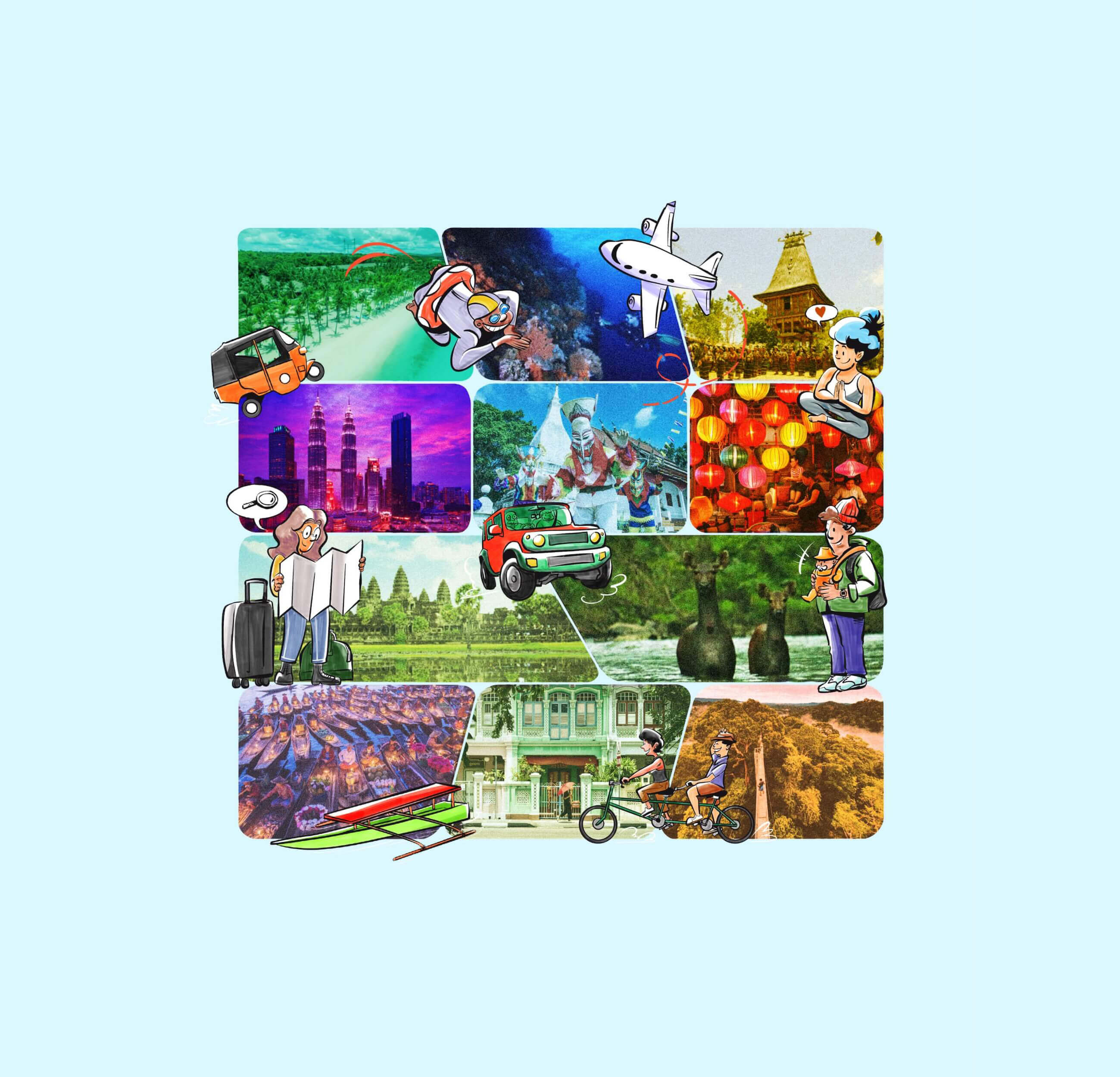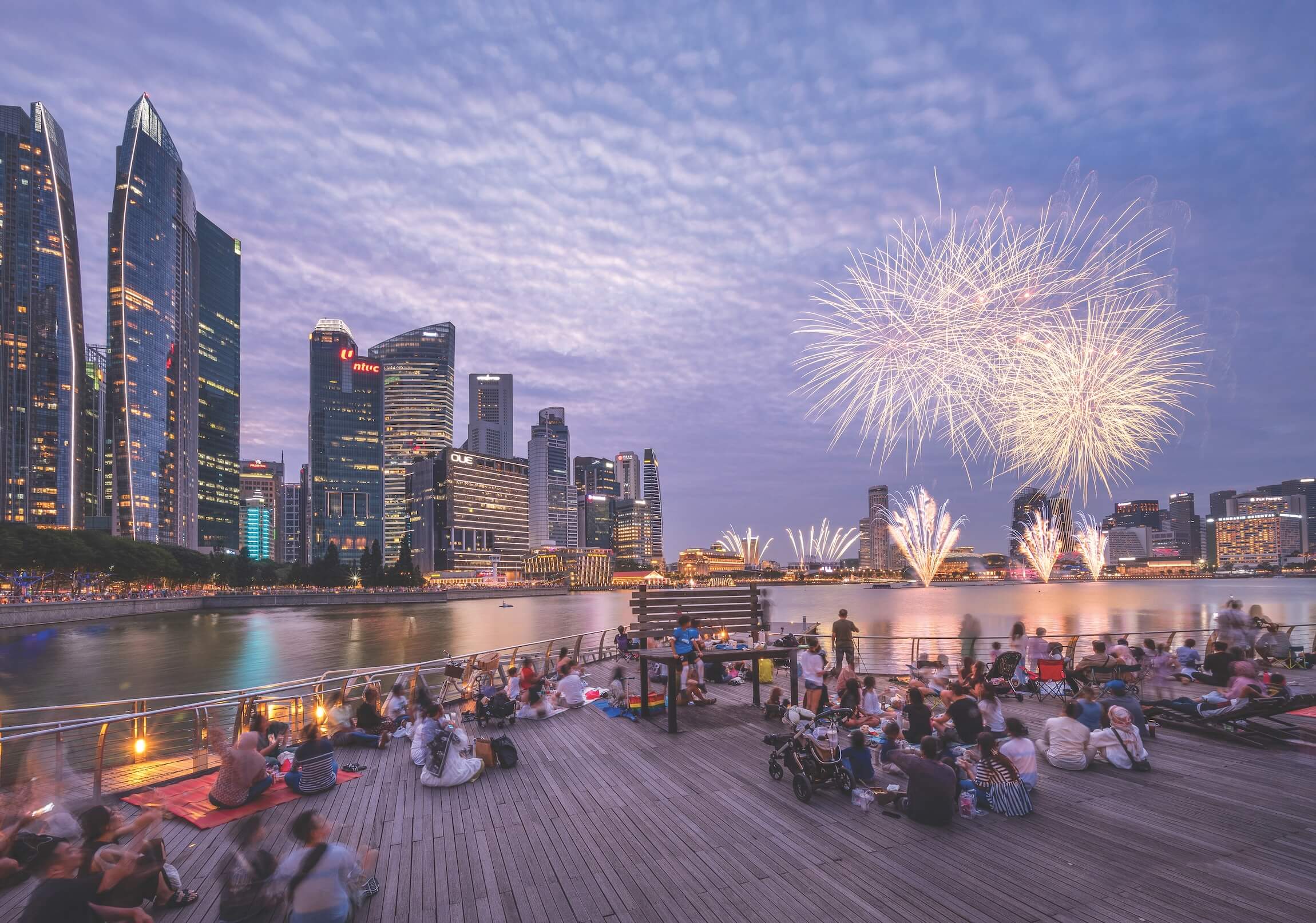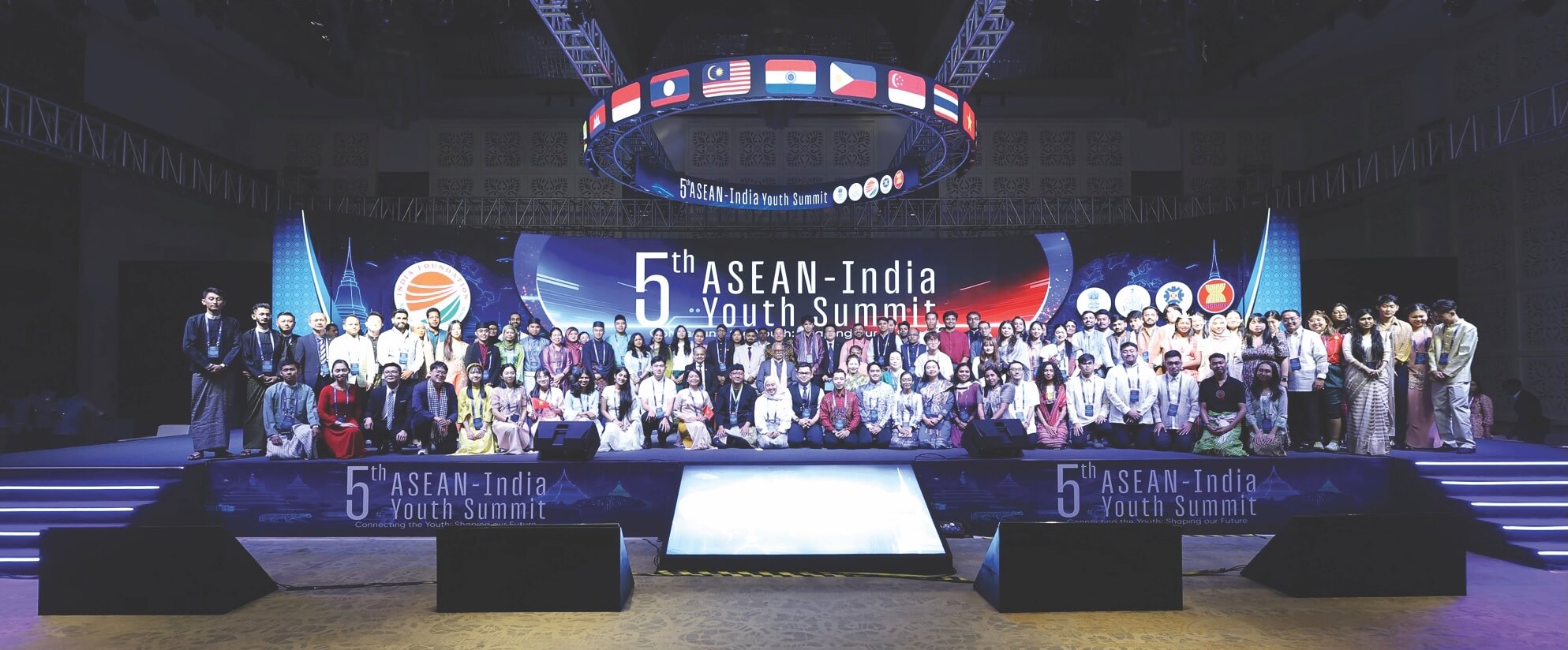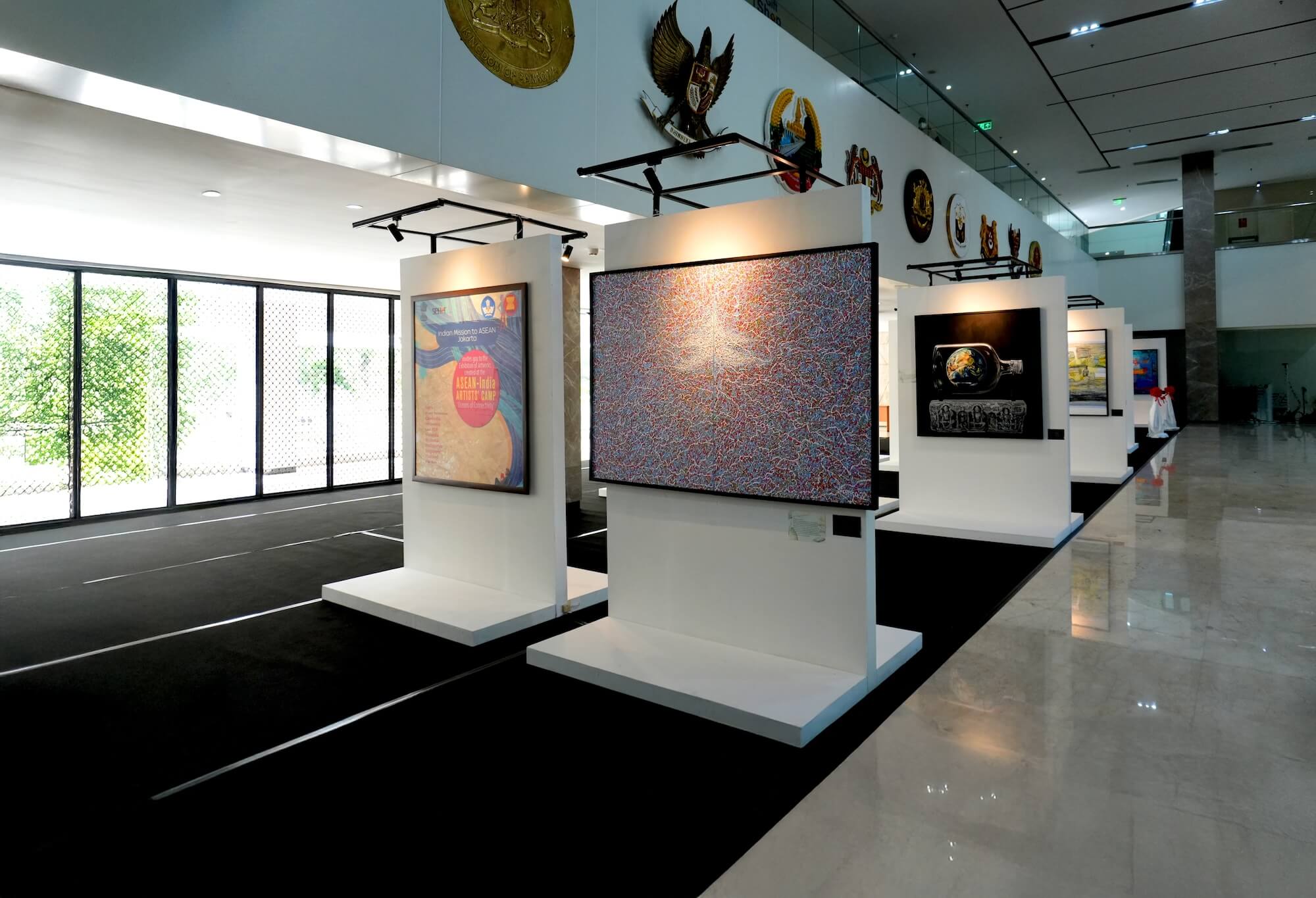




In June 2019, six musicians caught the world’s attention as they came online to perform an orchestral piece by Bach from six different cities across the world.
Thanks to the power of 5G network, the musicians played the violin, cello, piano, and timpani drum in perfect harmony with no delays, as if all were together in one stage at a concert hall.
Fast forward to 2020, this set up has become the norm with the onset of COVID-19. Many musicians and performers are coming together online, demonstrating the power of arts and culture to bring people together through the creative use of digital technologies.
Post-COVID-19, as we enter a new normal, we will see more people adopting and embracing digital technologies in multiple facets of our lives. Likewise, the digital revolution will bring profound changes to the arts and culture landscape in our region.
As it is, 55.1 per cent of the global population is now connected to the Internet, while in ASEAN, the rate is higher, with 64 per cent of the population plugged online. Eighty per cent of the internet traffic revolves around video consumption.
Riding the digital waves, ASEAN is working with its partners to promote arts and culture in innovative and creative ways.
ASEAN and the Republic of Korea are working together to showcase the UNESCO cultural heritage sites of all 10 ASEAN countries using virtual reality. The immersive experiences of Angkor Wat, Borobudur Temple and Bagan can now be enjoyed at the ASEAN Culture House in Busan.
Likewise, ASEAN and Japan recently launched an interactive portal to digitally archive cultural artefacts in the region. This initiative is timely following the shutdown of museums and other cultural sites due to the pandemic. The ASEAN Cultural Heritage Digital Archive not only promotes greater awareness and appreciation of ASEAN culture, but does so in an equitable and inclusive way, allowing all in the region to access and learn about the rich diversity and vibrancy of the arts and culture of ASEAN.
But reaching out to a larger audience through digital connectivity is not the only reason that we are striving for greater adoption of emerging technologies to promote arts and culture.
As a disaster prone region, we have witnessed our rich cultural heritage and arts being destroyed by natural calamities in the past. Beyond the region, the world stood witness to the devastating cultural loss of the 1,700-year-old Buddhas of Bamyan in Afghanistan due to conflict.
Making use of digital technologies to preserve our cultural artefacts is therefore an important bulwark against potential cultural losses from climate change, conflicts, and other human-made disasters.
More policy conversations among our cultural policymakers and practitioners to make use of digital tools as part of our effective disaster risk management for cultural sites will be pivotal.
Beyond the preservation of tangible cultural heritage, digital technologies can likewise play a critical role in promoting and preserving our intangible heritage and practices. The oral histories, for example, of our fast disappearing traditions captured on podcasts or e-books will not only enrich mutual understanding, but will also create bonds between past and present as we look into the future.
Digital devices are also powerful storytelling tools that can inform us about the lives of ordinary people which often go unrecorded, yet form a significant and rich tapestry of our shared histories. It is with this aim that the ASEAN Oral History workshop was convened in October 2019 with regional archivists gathering to discuss effective ways to capture the unspoken stories of our people in the region.
The creative economy will also benefit significantly from the adoption of digital technologies to create a vibrant marketplace of innovation. Take for example the small medium cultural enterprises (SMCEs). They can utilise digital platforms to market their artisanal goods and handicrafts to a wider audience, while at the same time generate buzz and exchange ideas with likeminded craftsmen and women. Similar to how disruptive technologies are revolutionising the media industry, SMCEs have to embrace digital convergence to reach out to a wider swathe of ASEAN population composed significantly of digitally savvy youth.
The use of digital technologies for arts and culture is even more relevant today than before. This is especially so in this era of cultural pessimism where intolerance extremism, radicalisation, falsehoods are easily peddled online by anyone who has access to the internet.
An effective counter narrative to cultural pessimism is to make use of greater digital connectivity for arts and culture to promote and celebrate our region’s shared values of cultural pluralism and diversity, as we foster a common voice in tackling extremism, lack of tolerance and respect for life, as well as social disharmony and distrust through the ASEAN Culture of Prevention.
Digital technology is ultimately only a tool. The fundamental questions lie in how we utilise such tools, and how we define our relationship with it. In providing cultural offerings digitally, we must ensure that the eco-system is people-centred. Doing so also dovetails with ASEAN’s ethos of promoting a people-centred, people-oriented community. Digital cultural offerings can be made more readily accessible, inclusive and user friendly, to both young and old, able or vulnerable, and rural and urban communities across the region.
Looking ahead, the work is cut out for us to ensure the power of good in arts and culture as an enabler for inclusiveness, intercultural understanding and a culture of peace, amplified by the effective use of digital technologies, will serve as an important and innovative pathfinder that nurtures and celebrates the rich cultural and historical threads that bring ASEAN people together.








